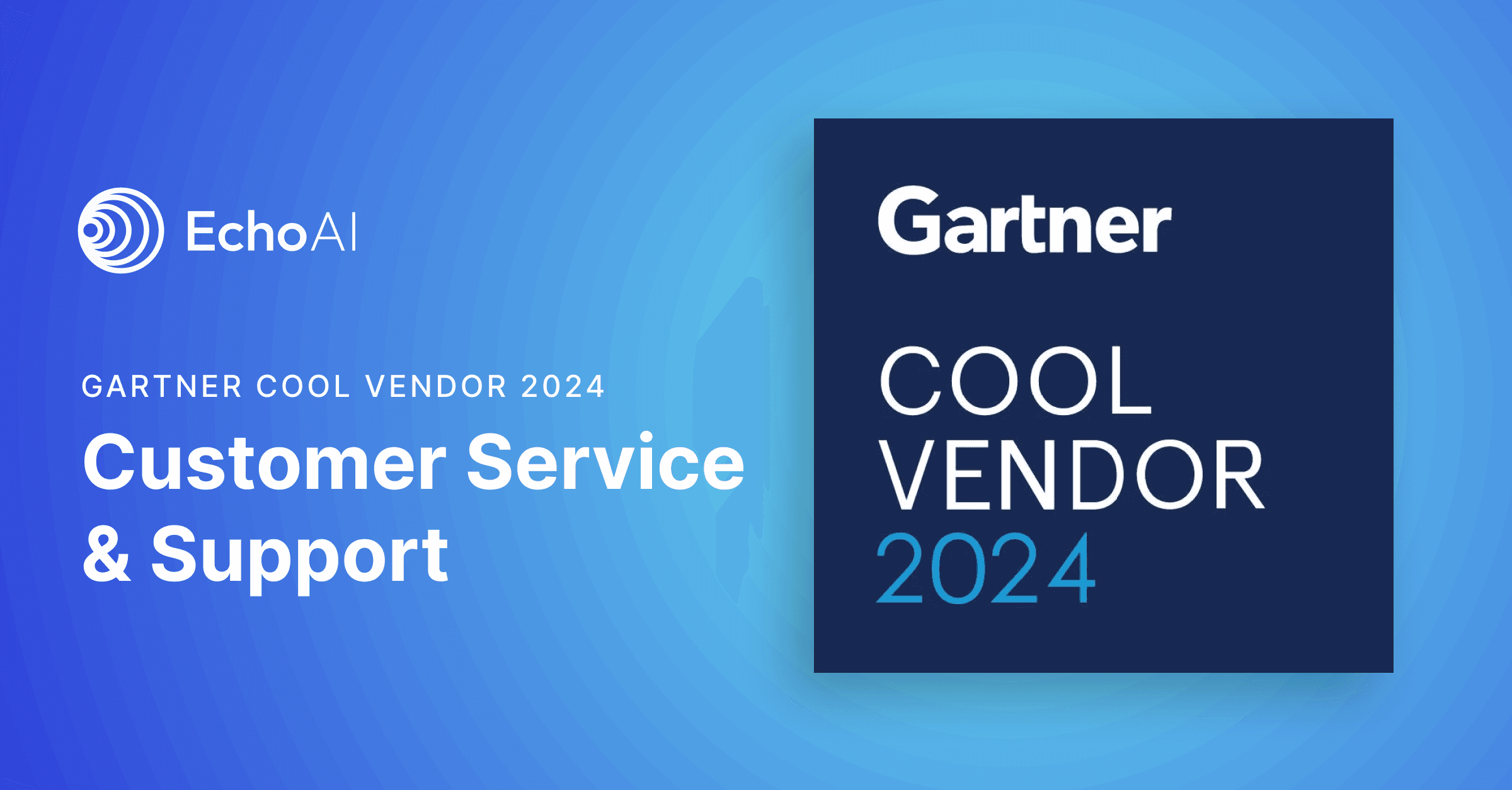Team Effectiveness
Jun 30, 2022
Contact Centers are notorious for a high attrition rate. According to Contact Babel’s US Contact Center Decision-Maker's Guide 2022, there was a significant increase in agent attrition in 2021, averaging 36%, up from 26% the previous year. The same study shows that the biggest contributing factors to high turnover are the record number of alternative employment opportunities and the lack of promotion or development opportunities within the customer service industry. This high attrition coupled with the Great Resignation and impending economic slowdown means companies will need to maintain or boost productivity with limited resources in the coming years.
A simple, easy, and low-cost way to provide development opportunities and retain customer service employees is to implement an intelligent performance management and employee experience solution. One that empowers frontline employees with unified, realtime insights on operational metrics, and offers intelligent tools for managers to create individualized agent development and incentive programs that motivate and inspire performance.
Similar to customer loyalty, when it comes to building employee loyalty, every interaction matters. By offering an experience that’s seamless, reliable, and enjoyable, businesses can motivate and retain employees. A superior employee experience will set employers apart from competitors as employees feel smart and savvy, and develop them into future specialists and leaders of the organization.
Outlined below are five strategies to deliver exceptional employee engagement and experience, and succeed in an uncertain economic environment.
Table of Contents
1. Consolidate Performance Metrics for Realtime Visibility
The success of a support team is measured by tracking key metrics such as first call resolution (FCR), average handle time (AHT), CSAT, and more. But the problem is these metrics are spread across multiple support platforms and applications. Getting a holistic view of performance to drive improvement is difficult, and often a cumbersome process using spreadsheets and expensive business intelligence (BI) tools. The lack of a unified view can confuse and frustrate employees as they don’t know where to focus their time and efforts.
It is, therefore, crucial for businesses to unify performance data into a single screen to help frontline teams quickly understand performance gaps and empower them to make swift improvements to meet goals and objectives.
2. Empower Frontline Agents with Performance Insights
While unifying performance data is important, offering agents access to their own and team performance is crucial. Customer-facing teams often receive weekly, monthly, or quarterly performance feedback updates, but they’re still missing realtime data that inhibits their ability to self-manage, improve, and reach their potential. According to a recent survey conducted by Echo AI, 88% of frontline respondents want metrics and feedback, but 85% aren’t getting it, leading to attrition, lower performance, decreased engagement, and a compromised customer experience.
Offering realtime visibility and actionable insights into their own and team performance builds transparency and trust, and empowers agents to make instant, measurable adjustments to their performance to achieve their goals faster.
3. Create Personalized Coaching Programs
No two agents are the same. It is important to customize coaching to each agent’s skills and abilities. Create personalized coaching programs, goals, and incentives to motivate and inspire performance. Coaching on specific, measurable goals helps employees understand where to focus their time and see improvements. MeUndies saw a 50% improvement on % to goal within seven days of coaching messages being sent in Echo AI.
Consult and collaborate with each agent to set performance goals. Make sure they understand why those goals matter, and their impact on the larger organization to keep them emotionally connected to their work and drive continuous improvement. Use the 1-on-1 time to review performance against goals, and create specific tasks and mini-goals to keep them engaged and motivated.
When employees have realtime access to their goals and current performance, they show up to 1-on-1s prepared to have conversations about how they can improve and ask for coaching on where they need help. The dynamics of the 1-on-1 become much more positive and the employees are less anxious and reactive because they already have the information.
4. Offer Recognition & Rewards
Frontline employees tend to work in stressful environments for relatively low pay, doing work that may sometimes be repetitive. They are mainly dealing with customers who have negative experiences, which can take a toll on their mental health and motivation. This can lead to high levels of agent attrition and correspondingly lower levels of operation-wide competence in the long term.
Gamifying the performance while rewarding positive outcomes and achieving goals can make work more fun while encouraging the behaviors, competencies, and characteristics that are most closely aligned with the business. Providing an opportunity to showcase their achievements, compete as individuals and as part of the team, and be seen positively by peers and managers can go a long way in increasing agent engagement, boosting retention, and improving customer experience.




